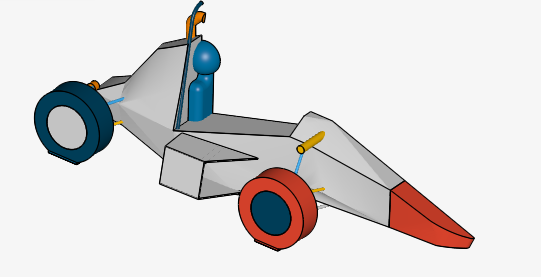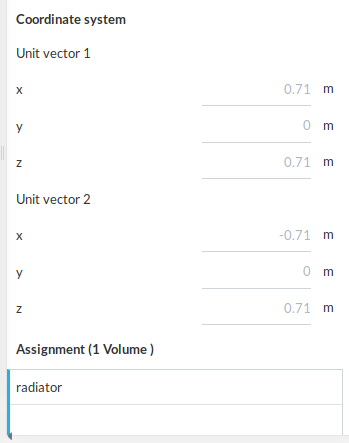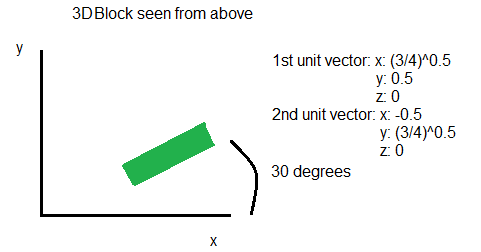So I took a look at your project.
It is a Chassis + Suspension + Wheels + Driver + Sidepod + Radiator model as seen below

It is expected that the L/D value will be low enough, and so it is, calculating the total downforce as Fz= -19.657429023096 and the drag as Fx=-185.644100869082 for the whole car.
To begin with the forces:
The wheels produce a lot of drag, which is not really weird, because there is no Front Wing to defect the air around the wheels, as it happens with most FSAE cars , but I had a look at the rotating walls settings, and I would like you to tell me how you set the rotating velocity, because it does not seem right to me. You could use this formula : ω = U/r , whereas r is the radius of your wheel. At 20 m/s , and a radius of close to 0.3, as I can assume from your settings, it is pretty unlikely the ω is 81.73 rad/sec. The total of four wheels produce approximately 70 N of drag, so something could be wrongly set.
The high values of the chassis seem expected for this design, they are not assisted with any aerodynamic devices at this stage, as turbulence is not necessarily bad, it can help re-energize the airflow around the bodywork, and reduce separation. It is also a design with pretty steep angles, like the nose.
So, to me, the simulation seems okay as @Ricardopg said, and you should focus on the actual forces, and initially try a new rotating speed. For the next run, I also suggest you include the forces on the radiator and sidepod as well, in order to monitor design changes as well. The sidepod has many edges too. Try some fillers.
The reference area seems too small, what dimensions did you use? It does not matter that much though, the real deal is the forces.
Edit: I also noticed this in the Porous media section:

Shouldn’t the x in unit vector 1 be -0.71 in your case?
Best regards,
Fillia





